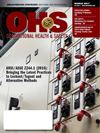
March 2017
- LOCKOUT/TAGOUT: ANSI/ASSE Z244.1 (2016): Bringing the Latest Practices to Lockout/Tagout and Alternative Methods
- LOCKOUT/TAGOUT: Making Sure Your Organization is All In
- HEARING PROTECTION: Ear Plug Selection and Fitting Best Practices
- FALL PREVENTION: The National Movement in Ladder Safety
- HEAD & FACE PROTECTION: Alleviating the Risk from Above
- INDUSTRIAL HYGIENE/HAZMAT: Staying on Top of Hazmat Training Requirements
- PROTECTIVE APPAREL: Beyond Compliance: Specifying Reliable Flame Resistant Workwear
- PROTECTIVE APPAREL: The Need for a Shield Against Steel
- HEAT STRESS: The Dangers of Heat Stress
- TRANSPORTATION SAFETY: How to Make Railroad Crossings Safer and Smarter
- FIRE SAFETY: Maintaining Fire Compliant Openings
- FIRE SAFETY: Fire Alarm or Test?
Cover Story

By Todd Grover
The 2016 standard was written to be scalable to meet the needs of both large and small companies with varying levels of technology present in their machinery and processes.
Features
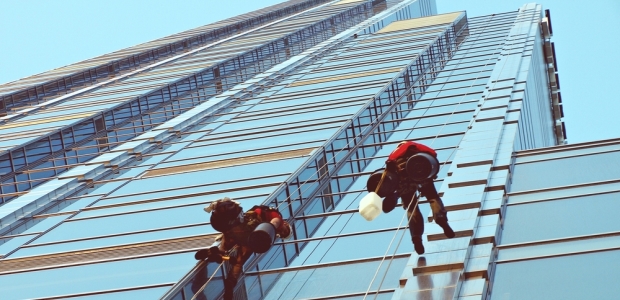
By Jerry Laws
Hazards overhead are a concern for workers in many industries, notably upstream oil and gas and construction.
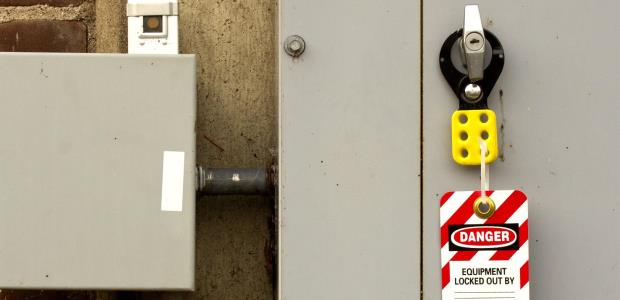
By Eric Glass
When it comes to LOTO, a worker may not expend the effort to get critical information or supplies if he has to go more than 20 steps or wait more than 10 seconds. This is especially true when there is intrinsic motivation to "help" the team.
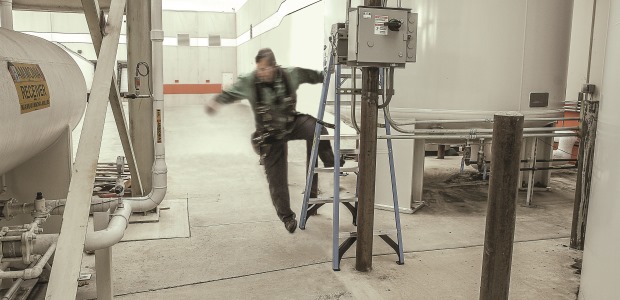
By Dave Francis
New, safer designs will help prevent those accidents when we are in a hurry or forget the basic rules.
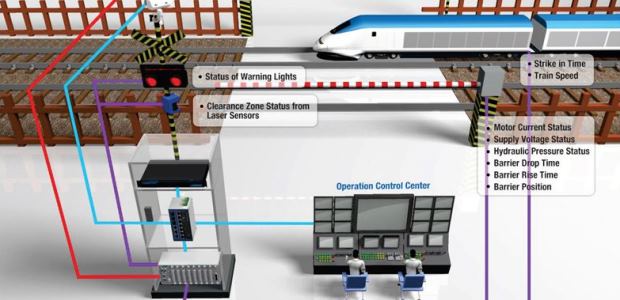
By Charles Z.K. Chen, Harry Hsiao
Smart crossing systems are adopting the latest in CCTV surveillance and image processing technology to visually inspect boom gate conditions, identify trapped objects, and monitor objects' movements in real time.
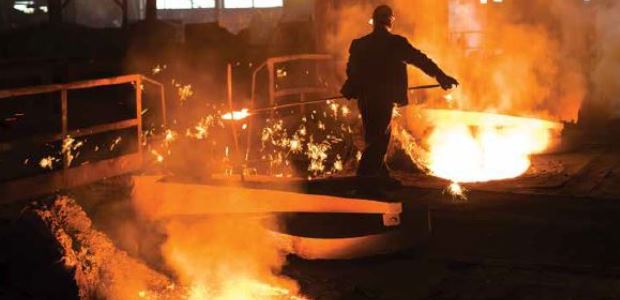
By Tim Cashell
It is important to understand the entire spectrum of risks steelworkers are exposed to and consider multifunctional PPE alternatives to protect against each hazard.
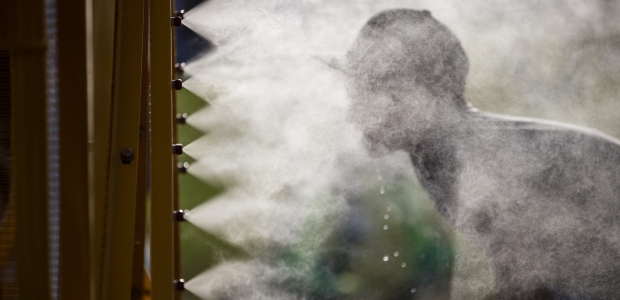
By Paul Murray, Scott S. Moody
Fans improve safety during the hottest months of the year.

By David Kase
While most people using institutional and commercial buildings worry most about security issues these days, fires strike far more often than those types of emergencies.
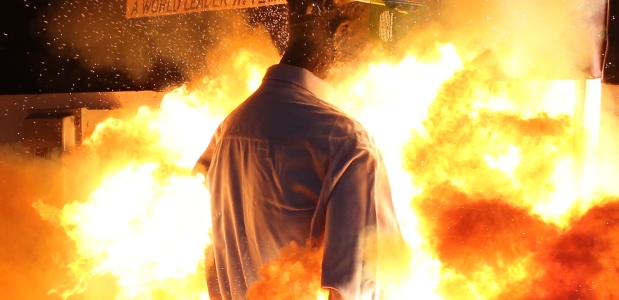
By Scott Francis
Know what you are truly buying: The AR/FR fabric in workwear is the single largest factor in determining the garment's protection level, comfort, and overall value.

By Brad Witt
Fit-testing of hearing protection now allows a worker to try various hearing protectors to determine which type is most suitable.
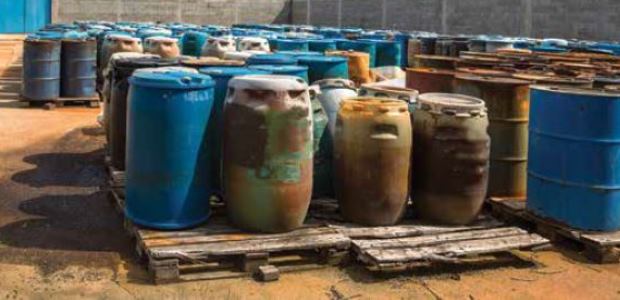
By Fred Elliott
The key standard for working with hazardous chemicals is 29 CFR 1910.1200, the revised Hazard Communication Standard, which has been aligned with the Globally Harmonized System of Classification and Labeling of Chemicals.
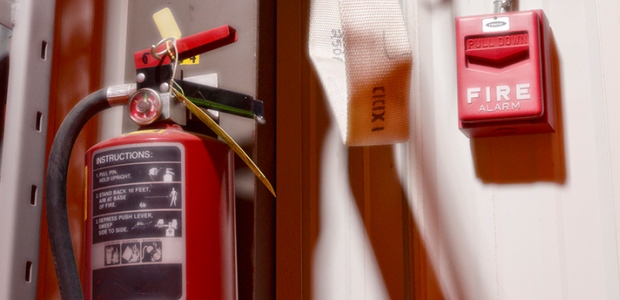
By John R. Bennett
Let's work on designing and conducting tests and drills so that alarms are for emergencies and the employees respond in a safe and proper manner.
Departments
By Shawn M. Galloway
Which behavior would make the biggest difference in yielding the results you need?
By Robert Pater
Dividing attention through multitasking can increase slips/trips/falls, and also contribute to soft-tissue injuries, driving accidents, caught by/between, struck by problems, and many more.
By Jerry Laws
The company decided to pursue "participative ergonomics" and designated 100 ergonomic champions and coaches, along with mentorship programs.